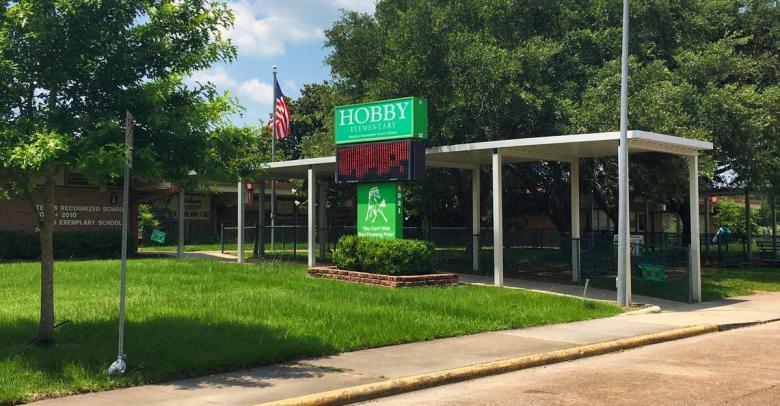Versatility has been an important feature of learning space design for many years. As education has shifted primarily from teacher-centered lecturing to student-focused, multimodal active learning, classrooms that are highly flexible and adaptable are best able to support these multiple modes of learning.
Now, as K-12 leaders prepare to reopen schools, there are many unknowns. However, one scenario that seems plausible is that the online learning that carried students throughout the spring won’t just disappear.
For instance, the virtual learning spaces that teachers developed to support remote learning could be used to augment the physical classroom space, and the most successful educators will toggle effortlessly between them — creating a blend of offline and online instruction.
It’s also likely that at least some students will continue to learn from home. To de-densify classrooms so that students can sit a safe distance apart, one model that state leaders are considering would have groups of students alternate between face-to-face and remote learning.
Depending on what day or week it is and the activity that students are focused on, students might be learning in person or at home, online or offline. Teachers and students must be able to shift seamlessly among these various circumstances, creating a need for what some education experts are now calling “flexible learning” — or highly adaptable learning that can happen in any type of environment.
In this situation, versatility will take on even greater importance when designing learning spaces and experiences, as they must be able to support not only multiple modes of learning but also multiple means of delivery and multiple student locations.
Flexible learning experiences
When designing classrooms, K-12 leaders should provide tools that allow teachers and students to move easily back and forth between physical and virtual learning environments.
Students will need a digital device to access online workspaces. They might need to connect their device wirelessly to a flat panel display to share information with the whole class. If they’ll be using their own personal device they brought from home, they might need a way to charge their device during school. Consider supplementing the existing power outlets within instructional spaces with mobile power strips or furniture with built-in power supplies.
When choosing curriculum, opt for solutions that can be used in any learning scenario: online or offline, in-person or remotely. Budgets are going to be tight for the foreseeable future, and most schools can’t afford to buy multiple products that each serve a single purpose. Choose solutions that are adaptable to any situation.
A flexible curriculum solution is one that includes both print and digital components, so students can use it whether they’re online or not. It’s something that teachers can use for direct instruction, but students can also use for small group work or independent learning. Students should have access to the materials from home or school. There should be built-in assessment and reporting tools so that teachers can monitor students’ progress, identify learning gaps, and either work with students in small groups or assign additional content to students for further remediation.
Nobody knows for sure yet what learning will look like in the fall, which is why K-12 leaders need to be ready for any scenario. Flexible learning tools and environments that can support a wide range of student experiences will be critical.
Wendy Sleppin
Wendy Sleppin is Vice President of Product Development at School Specialty, Inc. with over 30 years of experience in educational publishing.
Read more by Wendy Sleppin–>







Leave a Reply